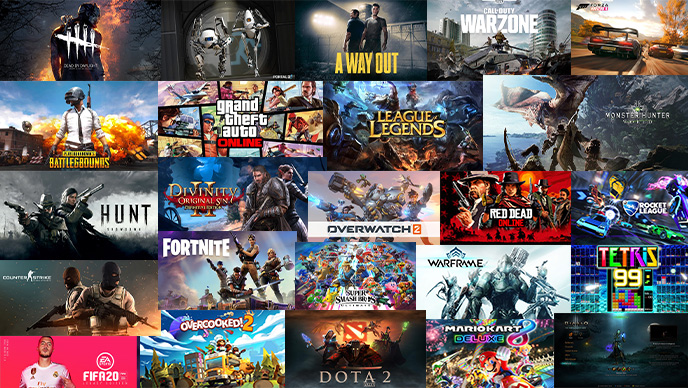
Digital Playground: The Art and Science of Popular Online Games
In the ever-evolving landscape of digital entertainment, online games have emerged as a captivating fusion of art and science. These interactive experiences not only offer a thrilling escape from reality but also showcase the intricate blend of creativity, technology, and community building https://imgur.com/a/JQpH8lt. In this blog post, we delve into the dynamic world of popular online games, exploring the artistry behind their design and the scientific elements that keep players coming back for more.
The Art of Game Design
Game design is a delicate craft that combines storytelling, visual aesthetics, and user experience to create an immersive digital universe. Popular online games, whether they belong to the realms of fantasy, science fiction, or reality-based simulations, are often a testament to the creative minds behind their conception. From character design to world-building, artists work tirelessly to bring visually stunning and emotionally resonant elements to the gaming experience.
Character development is a critical aspect of game design, where the visual appeal and personality of avatars contribute to player engagement. Iconic characters like Lara Croft from Tomb Raider or Master Chief from Halo have become synonymous with their respective franchises, embodying the artistry that makes games memorable.
Moreover, the design of virtual landscapes and environments is crucial in establishing the game’s atmosphere. The breathtaking landscapes of games like The Legend of Zelda: Breath of the Wild or the intricately detailed cityscapes of Cyberpunk 2077 showcase the level of detail and creativity that game designers invest in crafting immersive worlds.
The Science Behind Gameplay
While art may be the face of online games, the underlying science is the backbone that sustains player interest. Game mechanics, artificial intelligence, and online connectivity are all integral components that contribute to the dynamic nature of online gaming.
Game mechanics refer to the rules and systems that govern gameplay. Whether it’s the physics of a character’s movement, the logic behind solving puzzles, or the strategy required in combat, these mechanics are carefully crafted to provide a challenging yet enjoyable experience. The science of game mechanics ensures that players are constantly engaged, facing new challenges and overcoming obstacles.
Artificial intelligence plays a pivotal role in shaping the behavior of non-player characters (NPCs) and creating a responsive gaming environment. Adaptive AI can enhance the gaming experience by adjusting difficulty levels based on a player’s skill, providing a personalized and challenging journey.
Online connectivity transforms games from solitary experiences into social phenomena. Multiplayer modes, cooperative play, and competitive online arenas allow players to connect with others globally, fostering communities and friendships. Games like Fortnite and League of Legends owe much of their success to the social dynamics that their online platforms facilitate.
The Marriage of Art and Science
The most successful online games seamlessly integrate art and science, creating an immersive and evolving digital playground. The fusion of captivating visuals, compelling storytelling, and sophisticated game mechanics results in an experience that transcends the traditional boundaries of entertainment.
As technology continues to advance, the possibilities for online gaming are limitless. Virtual reality, augmented reality, and advancements in graphics technology promise to elevate the artistry and scientific complexity of online games even further. The future of digital playgrounds holds the potential for more interactive, visually stunning, and socially connected gaming experiences, blurring the lines between reality and the virtual realm.